Net zero by 2050: 9 charts showing the world's progress
The pressure is on for leaders attending the 26th climate conference to prevent global warming from accelerating further, but there is still a long way to go.
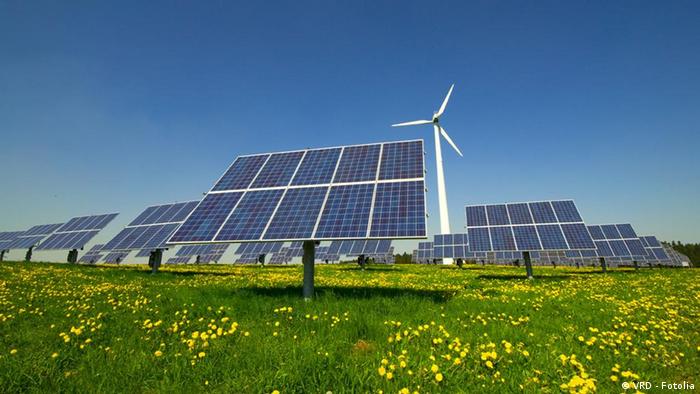
The focus has to be on renewables if we are to limit global warming to 1.5 degrees Celsius (2.7 degrees Fahrenheit)
To reach net zero CO2 and create carbon-neutral economies, countries have to ensure that for all the CO2 they emit, they remove an equal amount from the atmosphere — or not emit any in the first place.
#1 How much do we rely on fossil fuels?
Turning away from coal, oil and gas would be an important first step towards carbon neutrality. However, most economies are still heavily dependent on fossil fuels, while the share of renewables in the mix is growing only slowly.
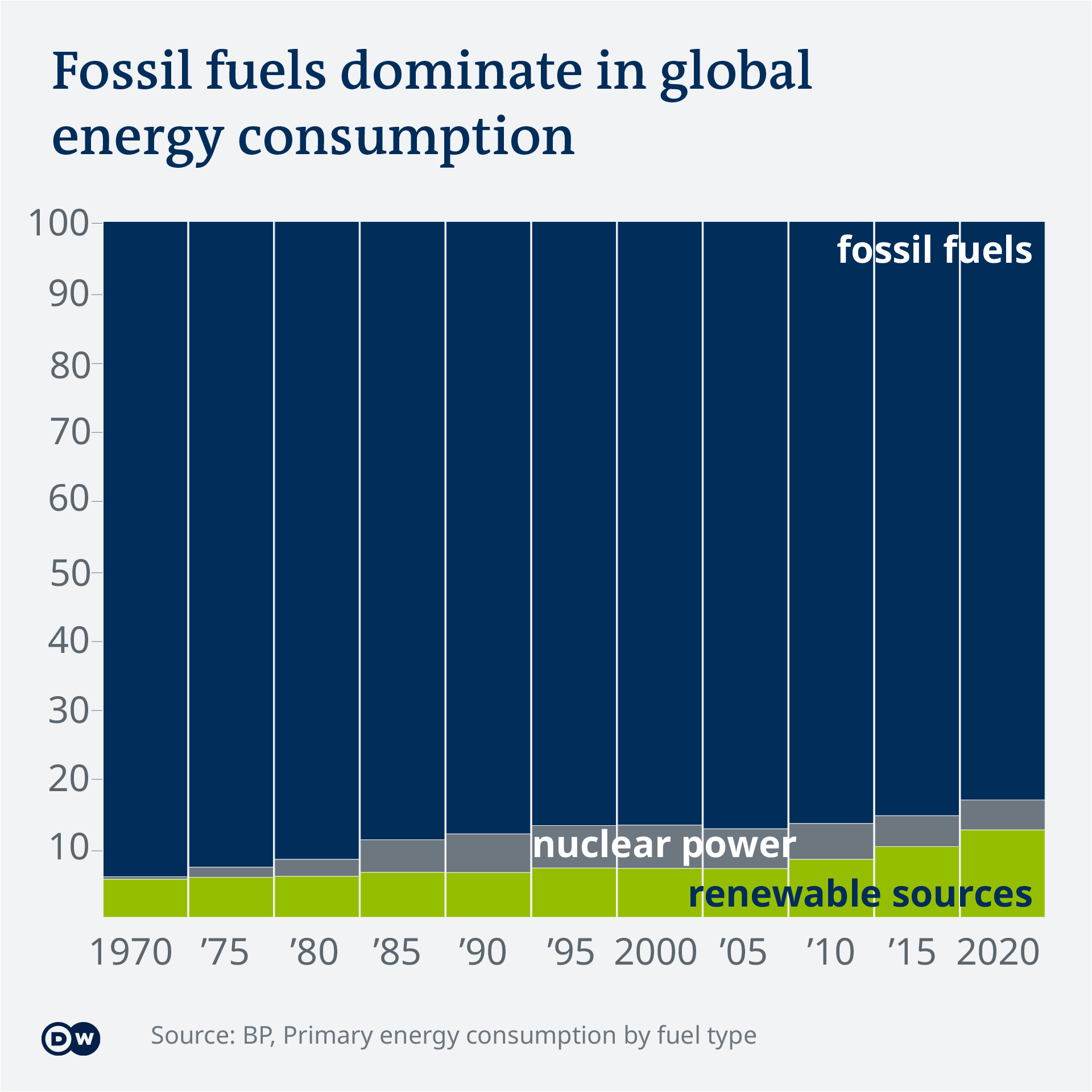
According to British oil and gas major BP's 2021 Statistical Review of World Energy, the current regional leaders in energy consumption from renewable sources are Norway in Europe (70%), Brazil in the Americas (46%), New Zealand in the Asia & Pacific region (37%), Morocco in Africa (8%) and Israel in the Middle East (5%).
Meanwhile, countries like Saudi Arabia, Algeria, Trinidad and Tobago, and Turkmenistan still rely on fossil fuels for more than 99% of their energy. At 93%, Poland consumes the highest share of fossil fuel in Europe.
However, the hot spots for coal-fired power plants are located elsewhere. Of the 6,593 operational sites, China is home to 2,990, followed by India (855) and the US (498). Their top three positions are untouched by the fact that they have collectively mothballed, retired and cancelled 3,700 coal-fired plants since 2000, according to the Global Energy Monitor.
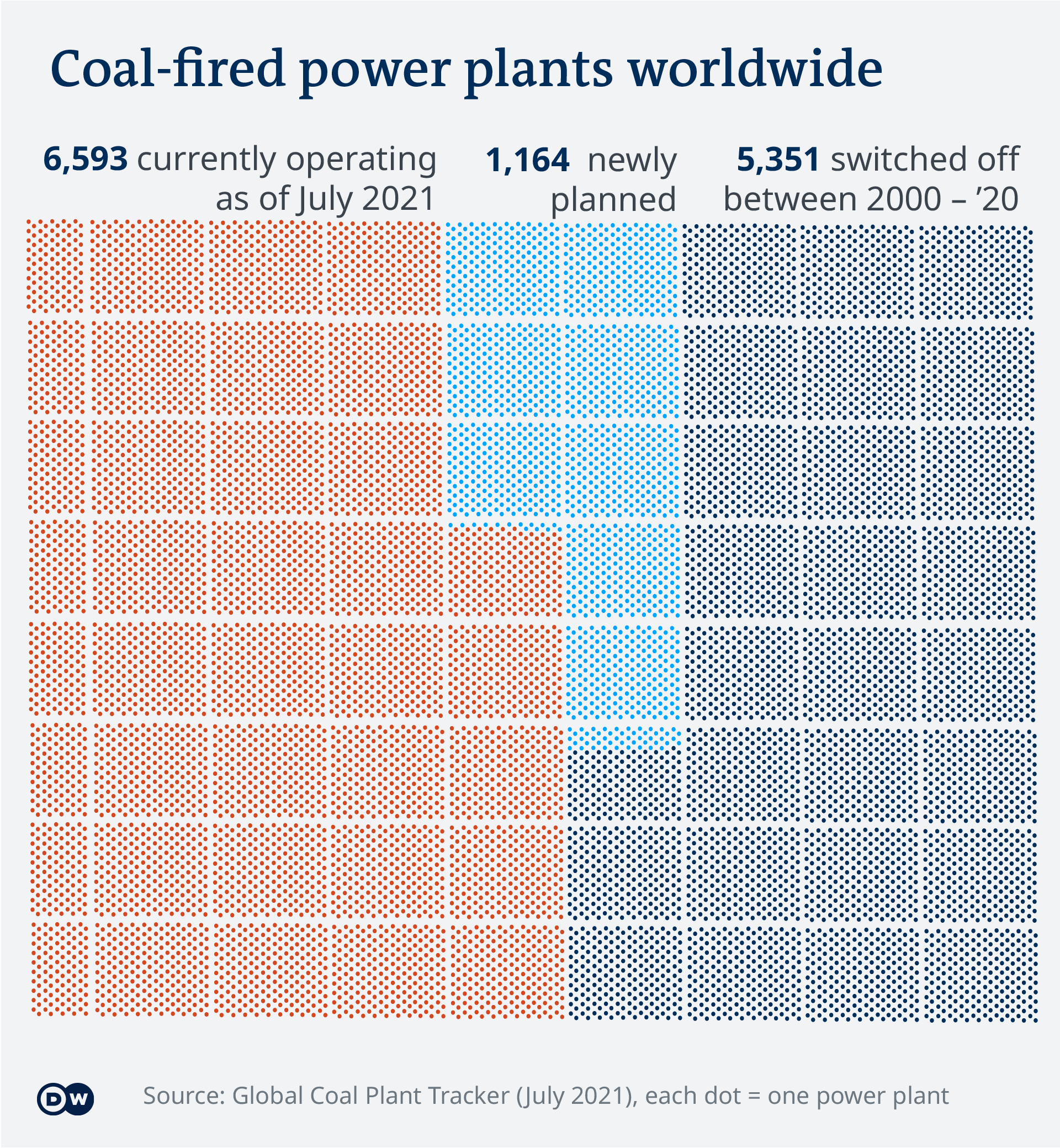
To uphold the Paris Agreement, the world needs to withdraw from coal fast. According to the Berlin-based think tank Climate Analytics, it would require an 80% reduction of 2020 levels — around 9,300 terawatt-hours — to 1,700 TWh before the end of the decade.
#2 Where is the energy for heating and electricity coming from?
The overall energy consumption outlined above is divided into three sectors: energy used for transport, electricity and heating.
Heat is the largest energy end use, according to an analysis by Paris-based intergovernmental organization, the International Energy Agency (IEA). "Providing heating for homes, industry and other applications accounts for around half of total energy consumption."
Currently, about 10% of heat is produced from renewable sources and the IEA projects this share will double by 2030.
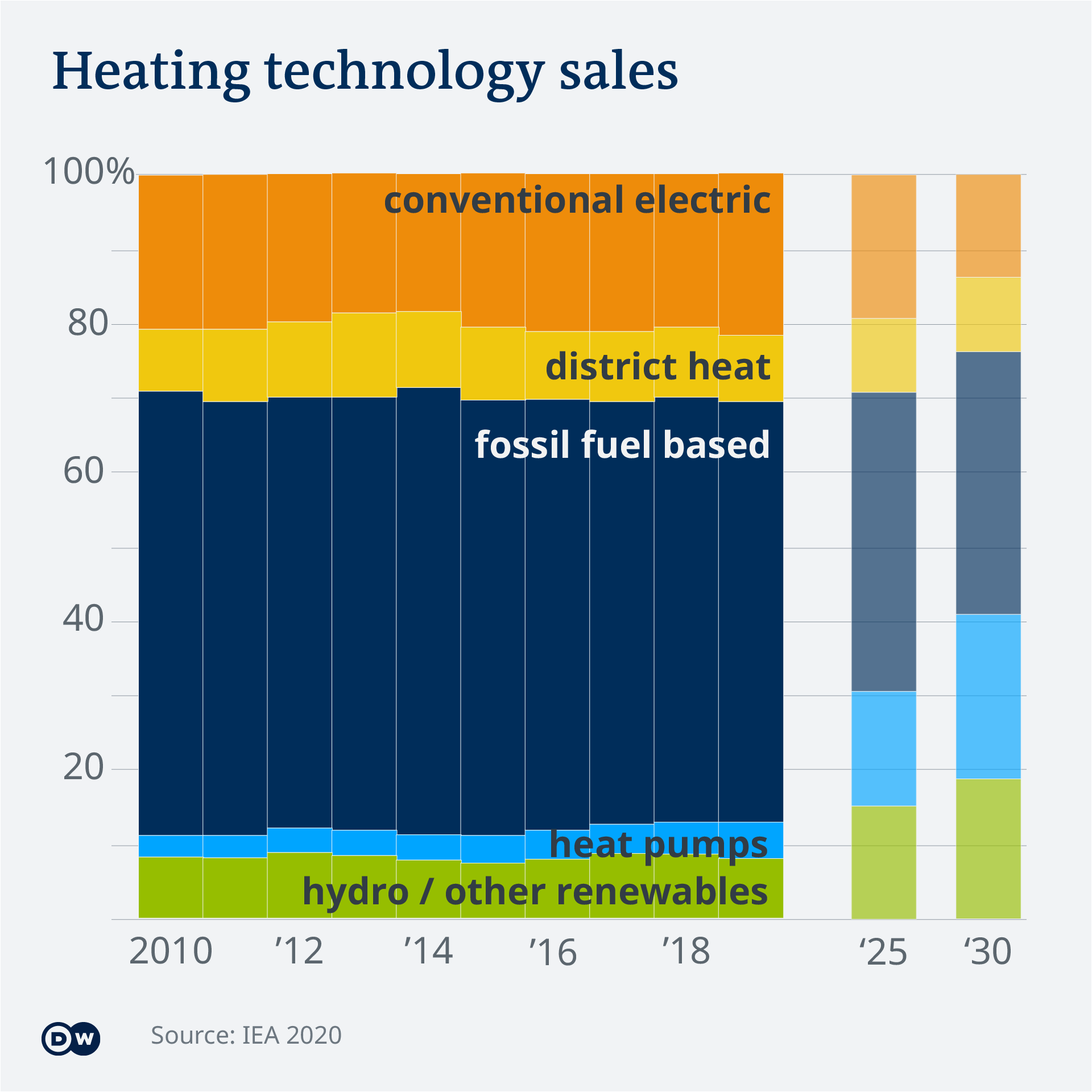
In shared rental apartment buildings, choosing the energy source used for heating is not always an option, but consumers generally have a choice when it comes to sourcing electricity.
Countries in the Middle East source the smallest share of their electricity from renewables (3%). Other regions like Africa (22%) and particularly South America (66%) fare much better — especially considering that all three regions produce similar amounts of energy.

Electricity generation is also relevant to the transition of the transportation sector to a carbon-neutral future. Electric vehicles would not be climate friendly if the energy used to charge them was generated using fossil fuels.
#3 How is the transport sector changing?
Progress is slow. While overall car sales are declining, the vast majority of those sold are still combustion engine models. Of the 66 million cars sold in 2020, just 4.3% (almost three million vehicles) were electric.
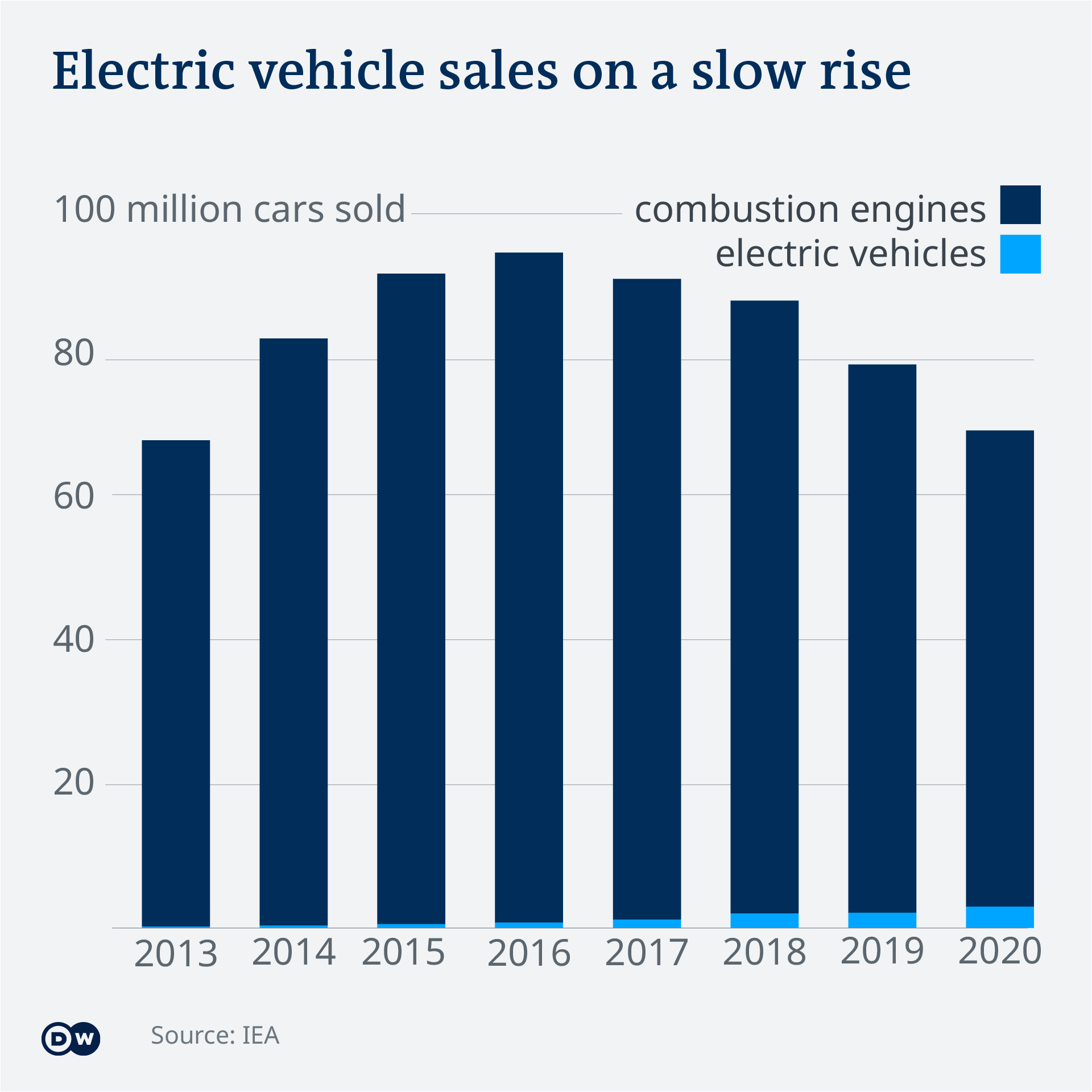
For other means of polluting transportation, such as aviation — which accounts for 2.5% of global CO2 emissions alone — no noteworthy alternatives exist yet. That said, Airbus has said it is planning to develop a zero-emission aircraft for commercial travel by 2035.
#4 How well are we protecting ecosystems?
In short: not well enough. While there have been various forest expansion efforts around the world over the past few decades — peaking between 2000 and 2010, with 10 million new hectares (24.7 million acres) per year — deforestation has occurred at a faster rate.
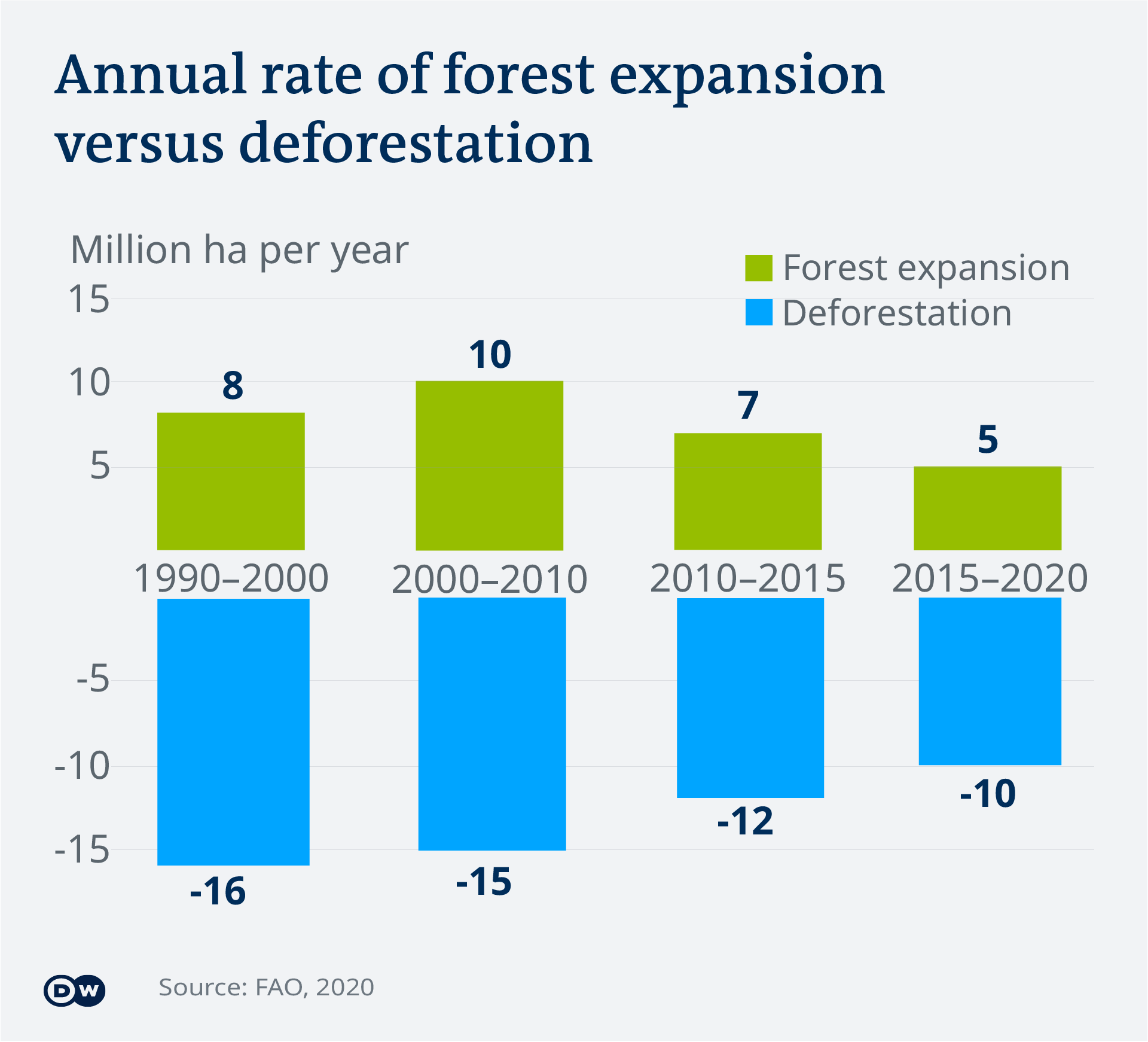
The net change in forest area over the past number of decades shows how current efforts to plant new trees in South America and Africa fall far short of making up for those felled.
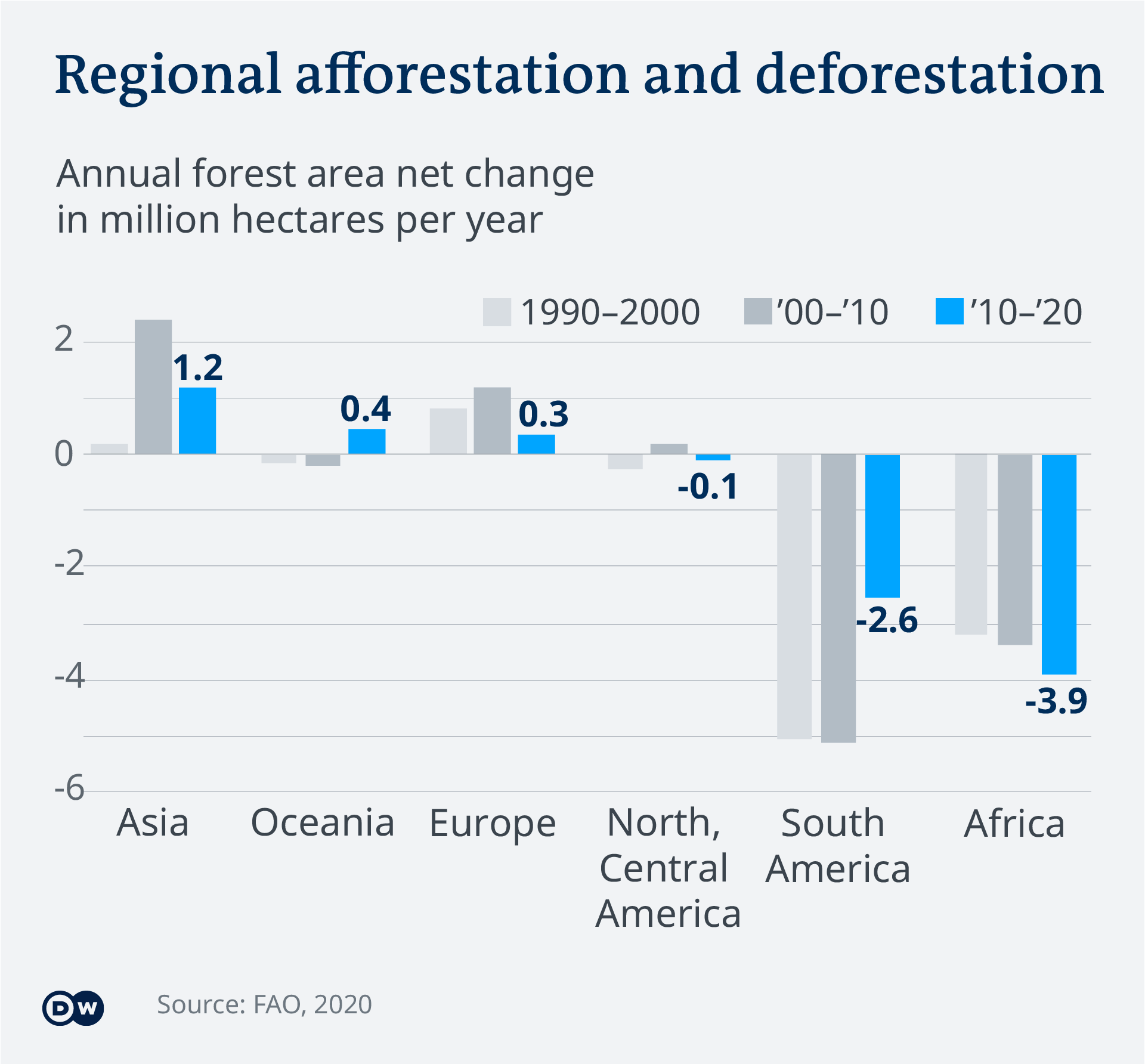
This is particularly noteworthy since both regions have a leading share in the area of forests within protected areas — calling into question how effective protective areas really are.
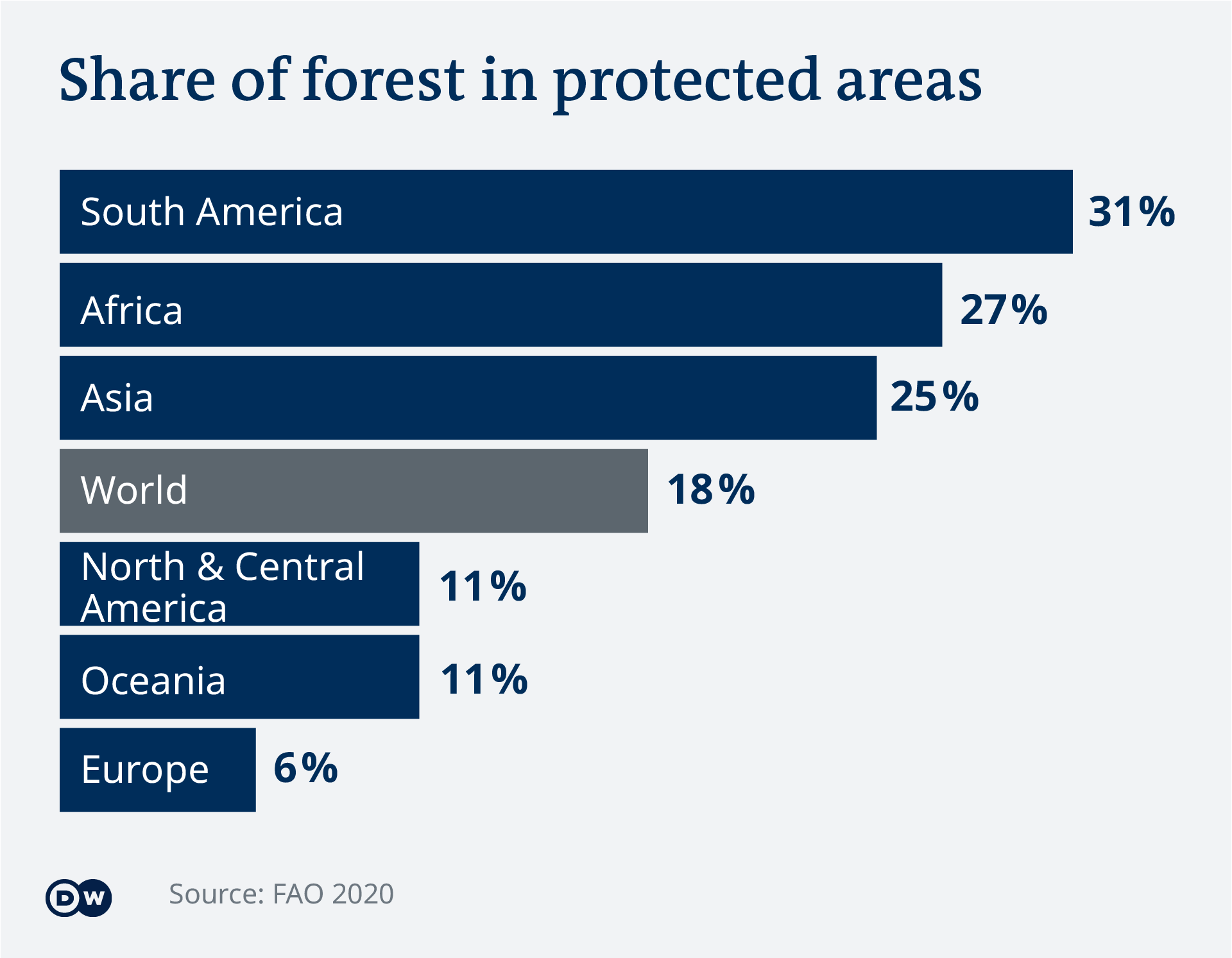
#5 How has investment in renewables evolved?
Renewables are on an upward trajectory. According to the International Energy Agency, they have attracted more investment than fossil fuels or nuclear in recent years.
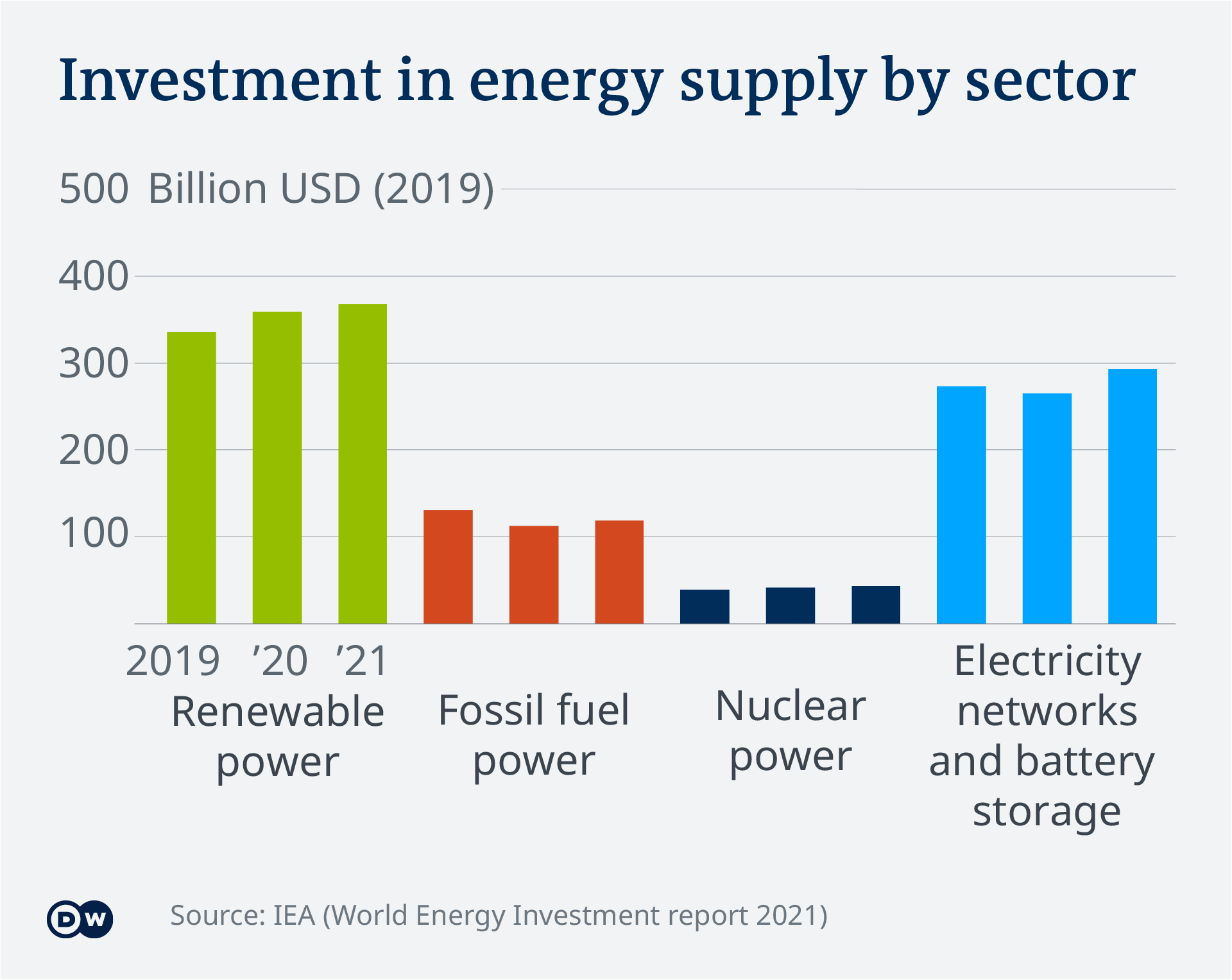
DW RECOMMENDS
No comments:
Post a Comment